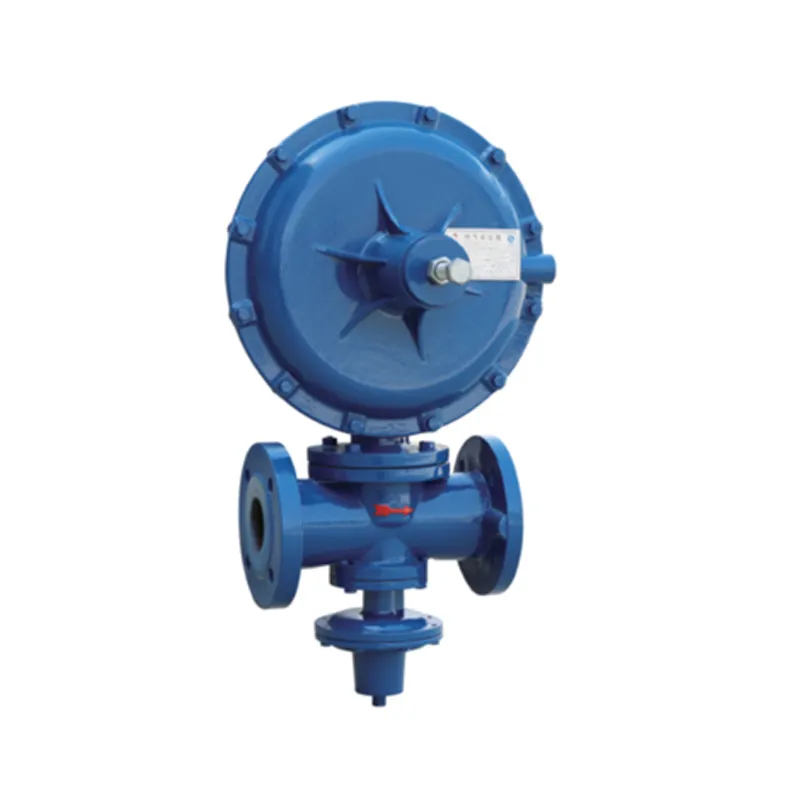
Dec . 31, 2024 14:16
Back to list
natural gas valve
Understanding Natural Gas Valves Essential Components for Safety and Efficiency
Natural gas is a critical energy source for homes and industries alike, and its safe conveyance relies heavily on various components, among which valves are paramount. Natural gas valves serve as crucial apparatuses designed to control the flow, pressure, and direction of natural gas within pipelines and systems. Understanding the types, functionalities, and safety mechanisms of these valves is essential for anyone involved in the energy sector or those simply using natural gas in their homes.
What are Natural Gas Valves?
Natural gas valves are mechanical devices that regulate the flow of natural gas through pipelines. They can be found in various applications, ranging from residential setups to large-scale industrial facilities. The primary functions of these valves include start-stop flow control, pressure regulation, and preventing backflow, ensuring a consistent and safe supply of natural gas to end users.
Types of Natural Gas Valves
1. Ball Valves Known for their durability and reliability, ball valves utilize a spherical disc to control gas flow. When the ball is aligned with the flow direction, the valve is open, and when perpendicular, it is closed. Their quick operation and ability to maintain tight seals make them ideal for shut-off situations.
2. Gate Valves These valves are used for on/off control, featuring a gate that moves up and down to open or close the flow. While they provide minimal resistance to flow when fully open, they are not ideal for throttling applications as they cannot regulate flow effectively.
3. Globe Valves Globe valves are designed for regulating flow levels. Their spherical design allows for a gradual change in flow and pressure, making them suitable for various control applications. However, they tend to have higher pressure drops compared to gate and ball valves.
natural gas valve

4. Check Valves These valves allow gas to flow in only one direction, preventing backflow that could damage systems or pose safety hazards. They are vital in protecting pipelines from potential hazards associated with reverse flow.
5. Pressure Relief Valves Safety is paramount in natural gas systems, and pressure relief valves play an essential role in maintaining it. They automatically release gas when pressure exceeds a set limit, preventing explosions or system failures due to overpressure.
Safety Features
The operation of natural gas valves is accompanied by various safety features designed to minimize risks. For instance, many valves are equipped with manual overrides that allow operators to control flow in case of malfunctions. Moreover, the installation of alarm systems connected to valves can alert personnel to irregular flow rates or pressure changes, facilitating prompt action.
Proper maintenance is also crucial for ensuring the safety and efficiency of natural gas valves. Regular inspections, cleaning, and testing help detect wear and tear, allowing for timely repairs or replacements. Additionally, valve positions must be monitored to ensure they are functioning correctly and to prevent leaks or blockages.
Conclusion
Natural gas valves are indispensable in the safe transportation and utilization of natural gas. By understanding the types and functions of these valves, as well as their safety mechanisms, operators and consumers can better appreciate their role in energy supply systems. Whether it’s ensuring that your home furnace operates safely or that industrial processes run without a hitch, these small yet powerful components are key to a sustainable and safe energy future. As technology advances, the evolution of natural gas valves continues, promising even greater efficiency and safety in the management of one of our most vital energy sources.
Latest news
-
Safety Valve Spring-Loaded Design Overpressure ProtectionNewsJul.25,2025
-
Precision Voltage Regulator AC5 Accuracy Grade PerformanceNewsJul.25,2025
-
Natural Gas Pressure Regulating Skid Industrial Pipeline ApplicationsNewsJul.25,2025
-
Natural Gas Filter Stainless Steel Mesh Element DesignNewsJul.25,2025
-
Gas Pressure Regulator Valve Direct-Acting Spring-Loaded DesignNewsJul.25,2025
-
Decompression Equipment Multi-Stage Heat Exchange System DesignNewsJul.25,2025

